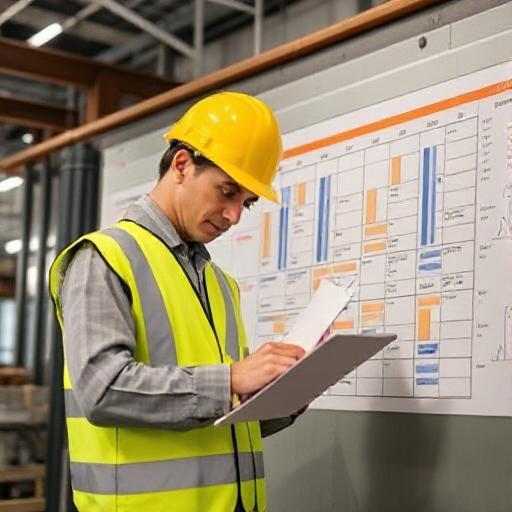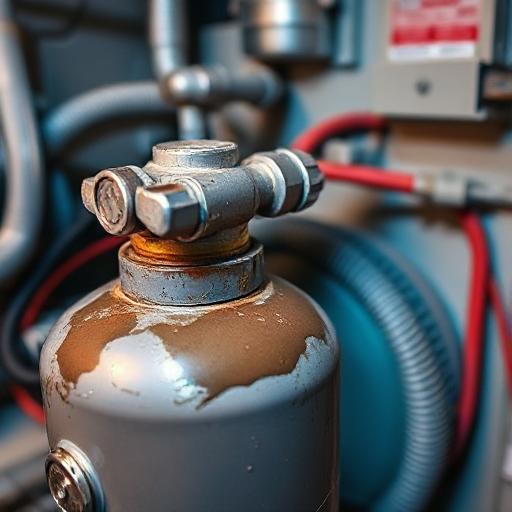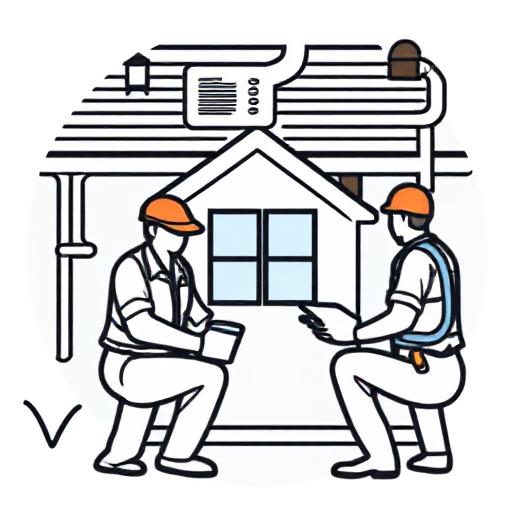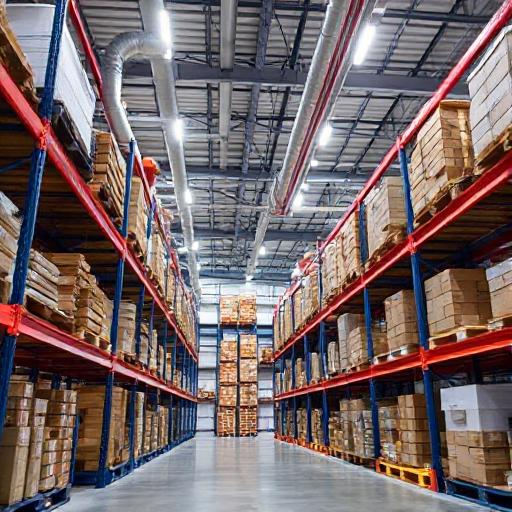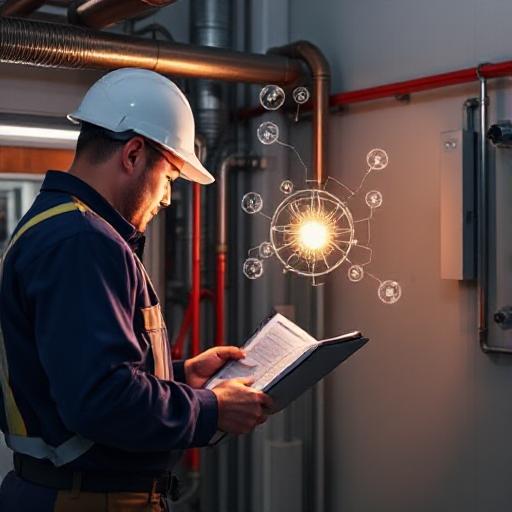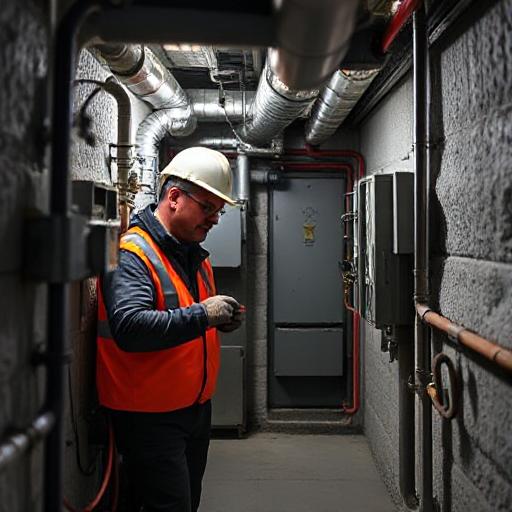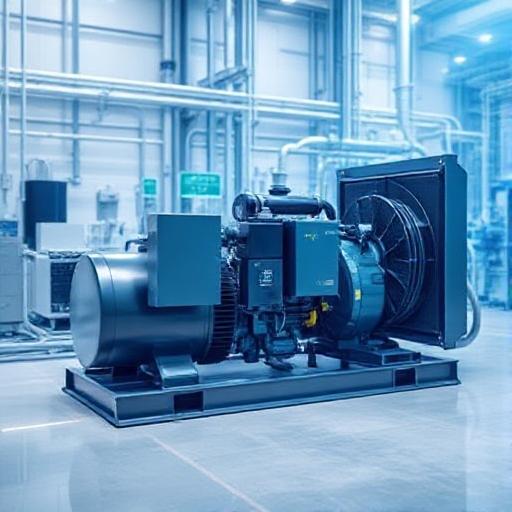Reducing HVAC Project Costs Through Effective Scheduling
Are you tired of watching your HVAC project costs skyrocket? In 2025, it’s more important than ever to cut down on expenses while maintaining efficient operations. Effective scheduling can be your secret weapon. Let’s dive into how you can optimize your HVAC project timeline and save money in the process.
Understanding the Importance of HVAC Scheduling
Scheduling isn’t just a tool for time management; it’s a powerful strategy for reducing HVAC project costs. By implementing room-specific scheduling, you can cut energy consumption by up to 40% overall and 26% on weekdays. This isn’t just theory—real-world retrocommissioning projects have shown 3.5% total energy savings and a 6.5% reduction in peak demand.
Best Practices for Effective HVAC Scheduling
To truly optimize your HVAC project, consider predictive or preventive maintenance strategies. Facilities that embrace these approaches experience 8–12% cost savings over reactive methods. By using data-driven scheduling and analytics, you can further enhance savings, reducing maintenance costs by up to 25%.
Advanced Controls and Calibration
Don’t overlook the power of advanced controls and regular calibration of main air handling units. Often, these enhancements can be implemented with no upfront cost, delivering immediate efficiency gains. Establishing HVAC setbacks during low or no occupancy periods is another critical technique to consider.
- Adopt a smart thermostat like the Ruud Econet 800 Series for dynamic scheduling.
- Implement regular system audits to ensure optimal performance.
- Use analytics to predict and prevent costly breakdowns.
Conclusion
By focusing on effective HVAC scheduling, you can minimize HVAC installation costs and enjoy substantial energy savings. Remember, a proactive approach not only saves money but also extends the life of your equipment.
Ready to take control of your HVAC costs? Start by evaluating your current scheduling practices and make the necessary adjustments today!
Frequently Asked Questions
What are some HVAC cost-saving tips?
Effective scheduling, predictive maintenance, and the use of smart thermostats are top strategies for saving on HVAC costs.
How can I optimize my HVAC project timeline?
Utilize data-driven analytics and proactive maintenance strategies to streamline your project timeline.
Why is HVAC scheduling important?
Scheduling reduces unnecessary runtime, aligns output with demand, and cuts energy costs by up to 40%.
What is the impact of predictive maintenance on costs?
Predictive maintenance can lead to 8–12% cost savings compared to reactive approaches.
How do smart thermostats reduce HVAC costs?
Smart thermostats enable dynamic scheduling and real-time adjustments, ensuring systems run only when needed and at optimum capacity.


